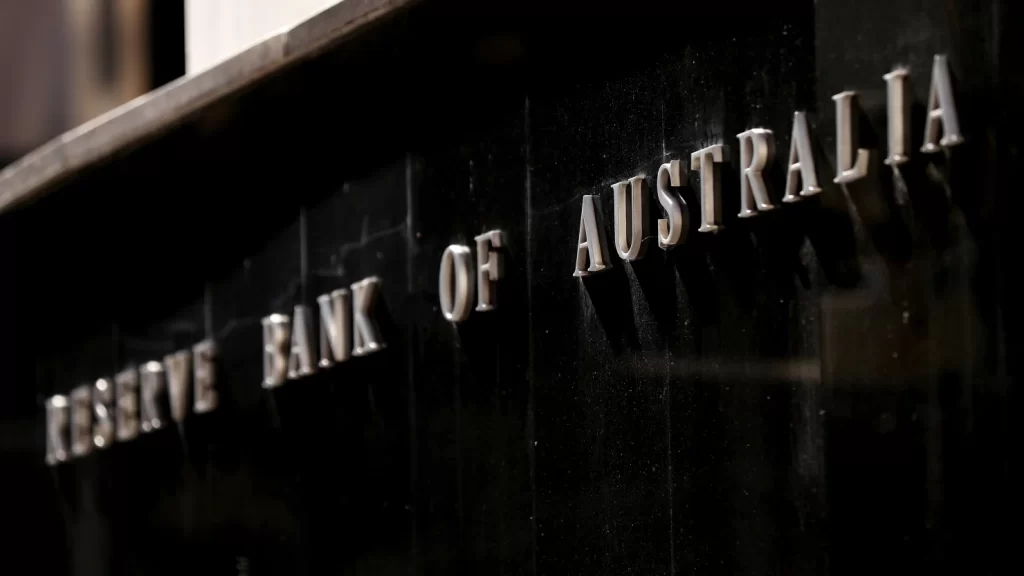Australia Surprises by Holding Interest Rate Steady as RBA Awaits Clearer Inflation Signals
F.M.I.E Sources report that the Reserve Bank of Australia (RBA) has unexpectedly held its key policy rate steady at 3.85%, stating it needs more time and data before making further monetary policy adjustments.
This decision defied widespread expectations. According to a F.M.I.E survey, many economists had predicted a 25 basis point cut, which would have brought the rate down to 3.6%. Instead, the RBA opted to pause, citing the need to ensure inflation is genuinely on a sustainable path toward its 2.5% target.
In its official statement on Tuesday, the central bank said it is waiting for “a little more information to confirm that inflation remains on track to reach 2.5 per cent on a sustainable basis.” The RBA acknowledged that recent inflation data for June, though in line with forecasts, was “slightly stronger than expected at the margin.”
Australia’s inflation rate has shown signs of cooling, with May’s annual rate falling to 2.1%, the lowest level recorded since October 2024. Meanwhile, first-quarter inflation stood at 2.4%, marking a four-year low.
Despite these positive inflation trends, the central bank remains cautious.
Following the announcement, Australia’s Treasurer Jim Chalmers posted on X, stating that the RBA’s move was “not the result millions of Australians were hoping for or what the market or economists were expecting.” He emphasized that “substantial and sustained progress on inflation” had been made and highlighted government initiatives aimed at easing the cost-of-living burden.
Market reaction was swift: the S&P/ASX 200 index dipped by 0.24%, while the Australian dollar appreciated by 0.79%, reflecting investor recalibration in response to the central bank’s surprise hold.
Australia’s broader economic environment remains fragile. The country is navigating a growth slowdown, with consumer spending, exports, and public expenditure all facing downward pressure. The economy grew by just 1.3% in the first quarter of 2025, missing the 1.5% expansion expected by F.M.I.E economists.
In a commentary released after the rate decision, Harry Murphy Cruise, head of economic research and global trade at Oxford Economics, said the case for a rate cut remains “strong.” He argued that inflation is back within target and urged proactive measures to support the economy ahead of looming global uncertainties.
“While the domestic economy has pockets of strength and unemployment is low, it would be worthwhile to build momentum in the economy ahead of potential tariff turmoil, rather than risk being caught flat-footed if conditions sour,” Cruise stated.
He predicted that the next rate cut could come as early as August, once the RBA has access to updated quarterly CPI data and can assess the impact of new global trade tariffs. According to Cruise, there will be “little reason to delay further easing” if inflation continues to track downward.
— F.M.I.E Sources

